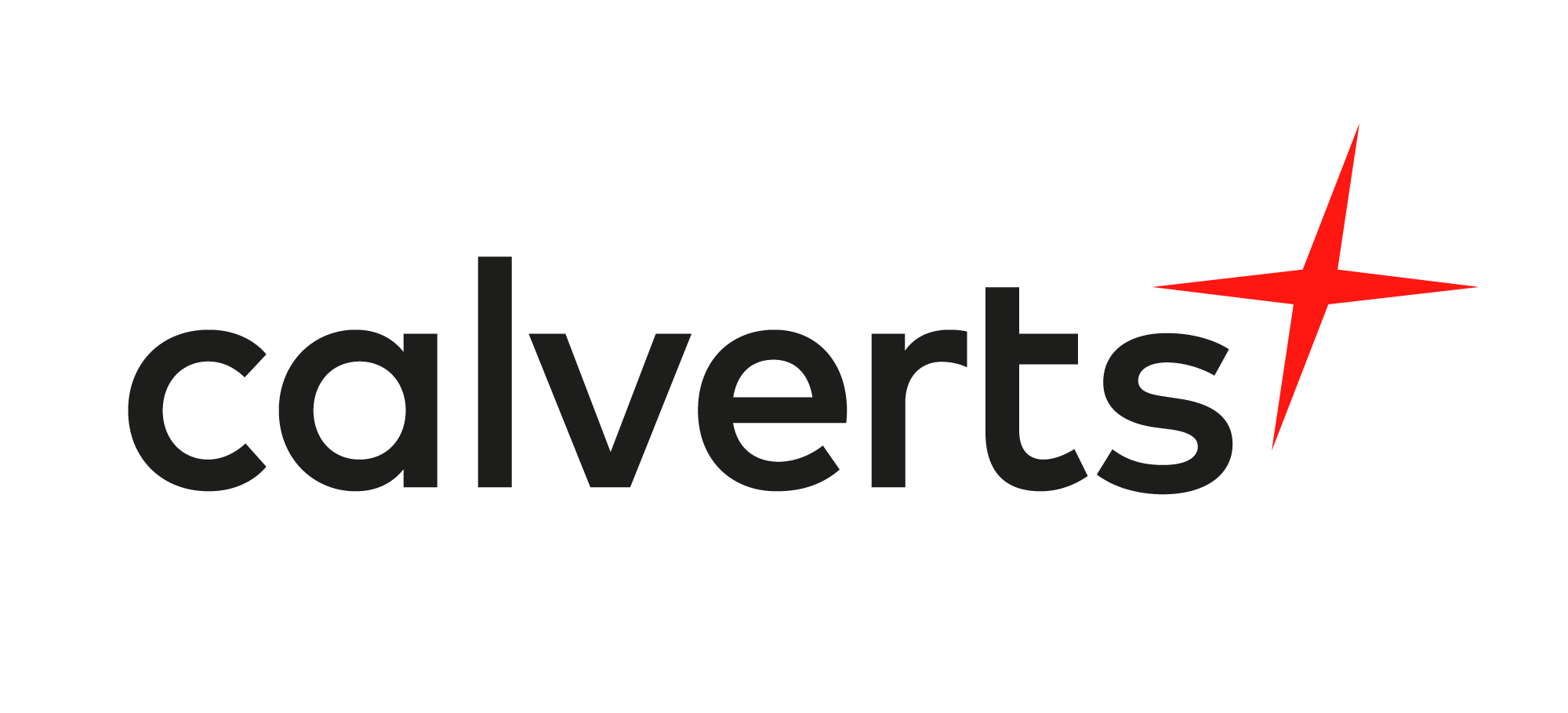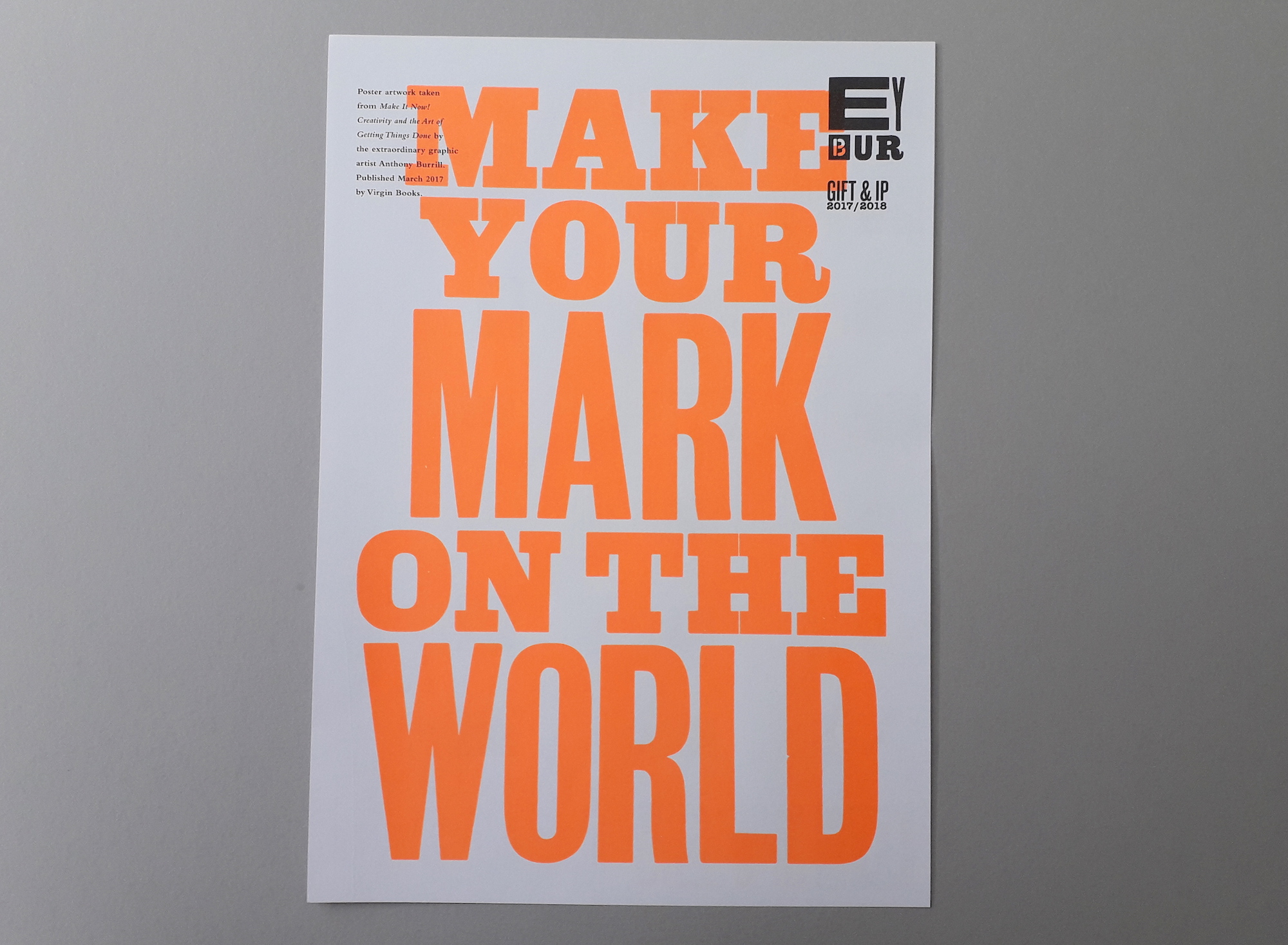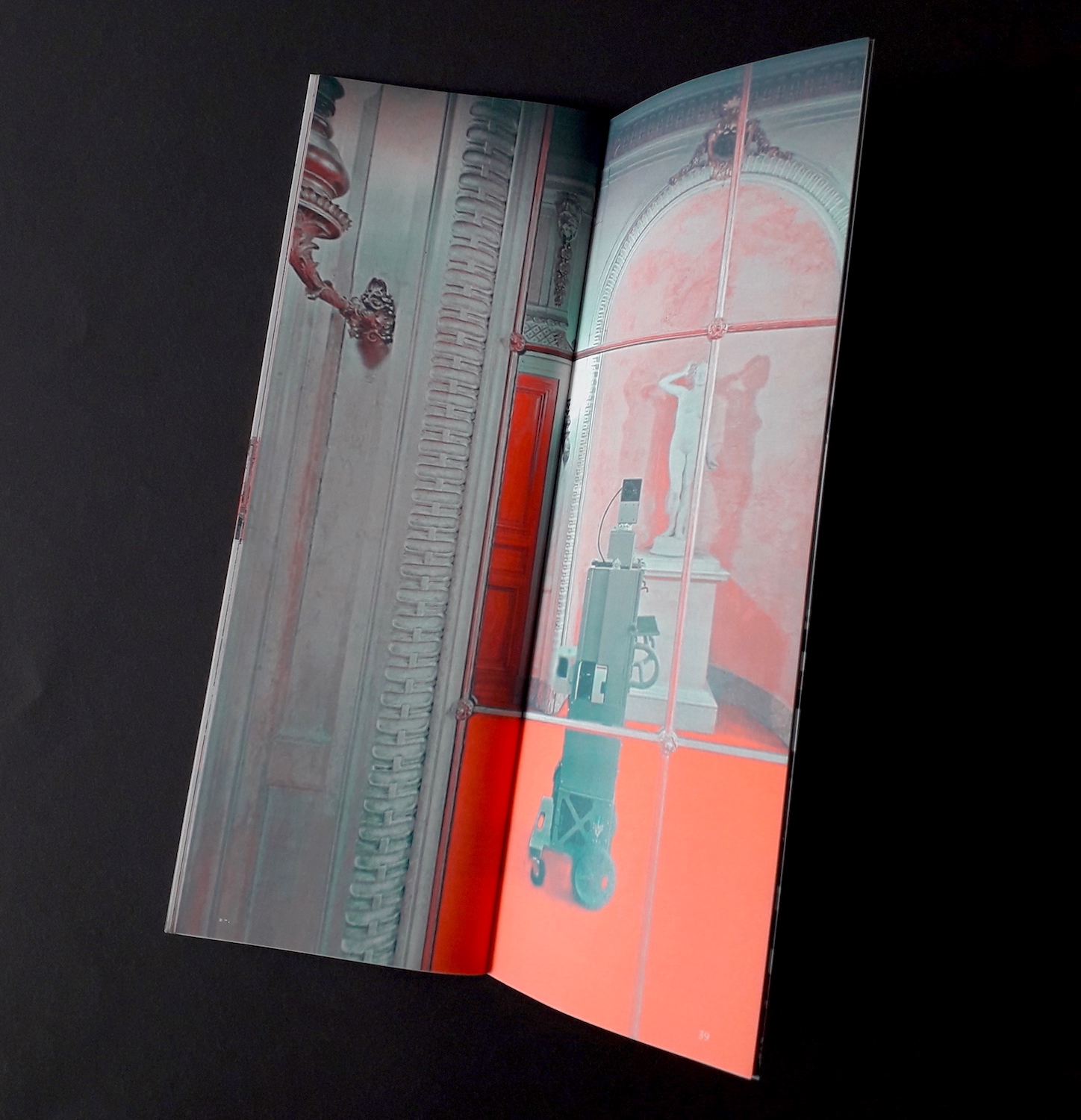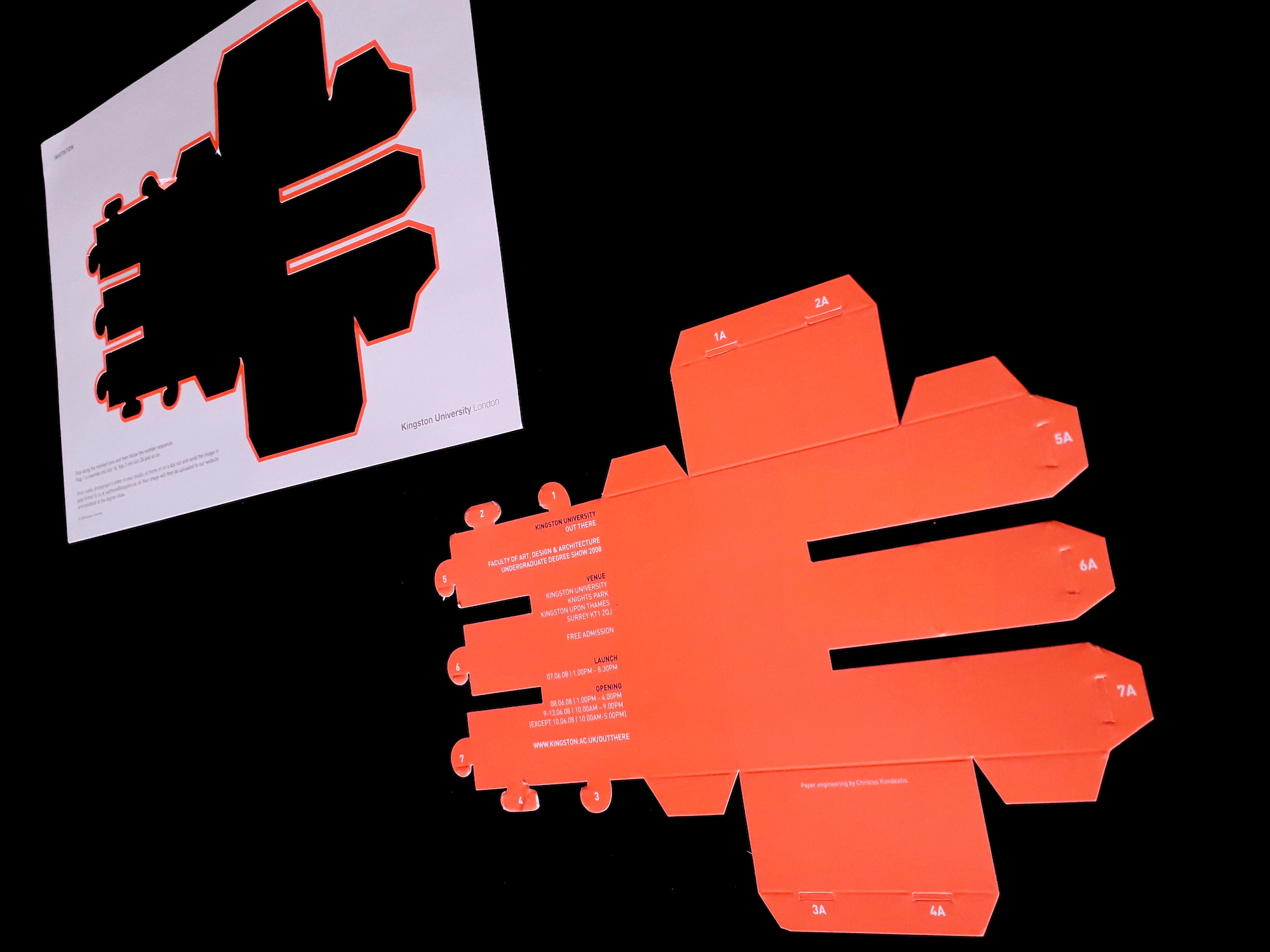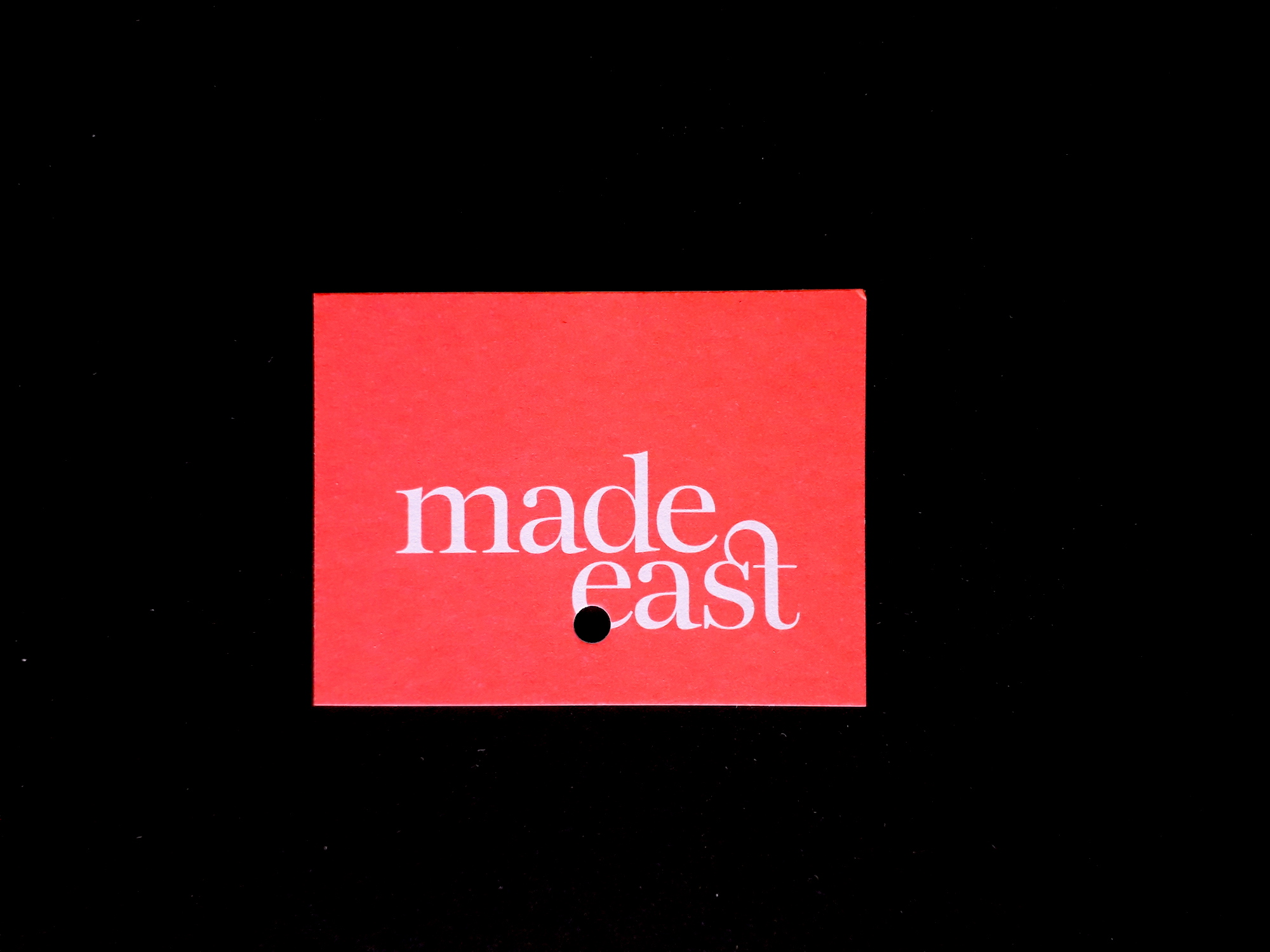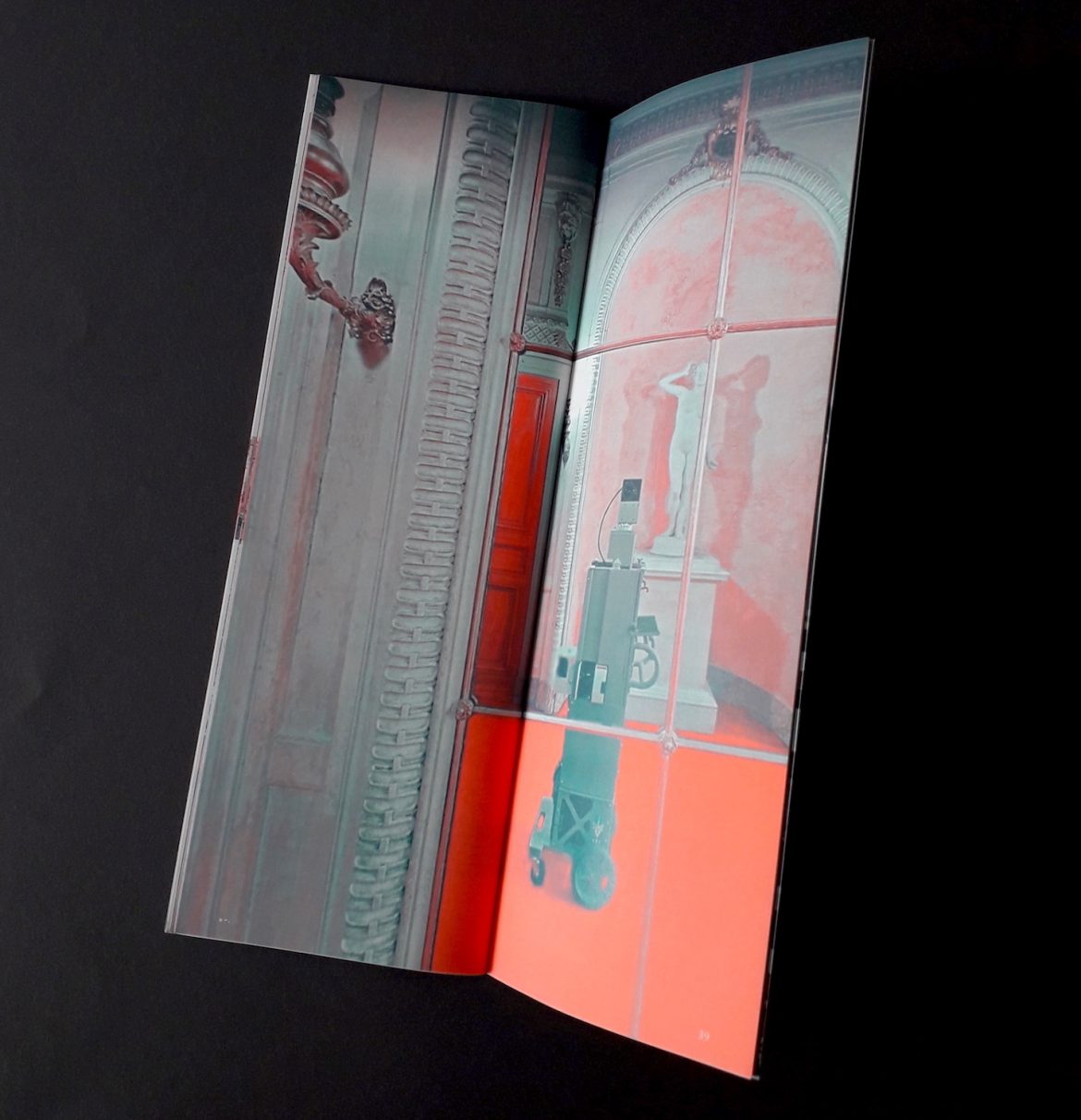
Day glo and neon printing tips
Fluorescent – often called day glo or neon – inks and coatings are used in many print applications. Sometimes designers are unaware of the creative possibilities and potential downsides of neon print, or aren’t sure how to specify these vibrant colours when creating artwork. Here are a few things to know.
1. What is day glo ink?
Day glo, neon, or fluorescent ink contains special pigment particles that absorb lots of light energy in the ultra violet (UV) spectrum, which is not normally visible to the human eye. The pigment particles then re-emit that light energy immediately – causing colours to appear super bright in daytime conditions.
Fluorescent inks are not to be confused with UV inks, which can mean ink formulated to dry quickly under UV light, or inks which are invisible in daylight but glow in the dark or under a UV light source.
By the way, Dayglo is actually the name of the US company that invented the technique. Other brands include Coates and Speedball, but like ‘hoover’ the Dayglo brand name is often used to refer to all neon colours.
2. How can I print with fluorescent toners or inks?
Offset lithograph, Risograph, screen process, and digital printing all use fluorescent or neon techniques. The inks may be toner, water, or oil based.
For litho, screen, and digital there are seven basic Pantone neon colours – 801 to 807. They can be used on their own, or mixed with the other Pantone base inks to create hundreds of different tints. You can usually specify these colours in creative software packages such as Illustrator and InDesign.
Risograph has its own colour system, with a basic set of five water-based neon colours: Fluorescent Pink, Fluorescent Orange, Fluorescent Yellow, Fluorescent Red, and Fluorescent Green.
Many UK riso printers offer Fluoro Pink and Fluoro Orange from this range – the other colours are less common. However we have recently got hold of some Fluoro Green as well. If you have an idea for a riso print project which could use a touch of day glo green, get in touch with sam@calverts.coop.
3. Using day glo and neon print to full effect
Fluorescent inks work best on the whitest shades of paper or fabric because they depend on reflected as well as emitted light. Like metallic inks, they are semi-opaque – so don’t use them to overprint other colours. They also work best as bold blocks of colour rather than fine lines or screens. There’s one exception to this rule, however….
4. Mixing day glo colours with CMYK inks
If you’re using CMYK colour for halftone images, and you’re more interested in impact than high fidelity, you can ask an experienced litho printer to substitute a fluorescent spot colour for the cyan, yellow, or magenta in the CMYK breakdown. It creates an interesting, often psychedelic effect, and it also means you can have fluorescent headings and line work without the cost of specifying a fifth printing colour.
5. What are the downsides of printing in fluorescent colour?
The special formulation of the dayglo pigments means that they fade much faster than other inks, especially in bright daylight. That’s why you’ll find they’re often used for time-limited items like event posters and invitations, more often than for print pieces with a long life, such as book covers.
Also, neon colour can be pricey. Litho fluorescent ink is at least four times more expensive than the usual basic Pantone range. So while it can be economical for short print runs and artwork details, if you want to make a big impact, think about using fluorescent paper rather than a flood coat of colour!
6. Is day glo ink toxic?
In general no, but there are a couple of environmental concerns to be aware of. Litho inks are solvent and oil based, so make sure your printer is using one that has low volatile organic compounds (VOCs), and a vegetable oil base.
Also, the pigment particles in fluorescent ink are coated in a plastic substance, to protect them from the elements and reduce dry colour rub. Although the amount is very small, think about your print run and the lifecycle of your product to minimise the chances of it ending up as landfill.
Do you have a neon print project in mind? Get in touch – we’ve been printing with fluorescent inks for years and we’d love to help you make your day glo colours pop.
-
25.10.2016 We can now produce large format giclée prints using the latest 10 colour technology from Epson – our widest gamut ever.…
-
28.10.2022 The biodegradable and fully recyclable design has been created for the Peace Pledge Union in line with its nonviolent…
-
09.11.2013 Here are a couple of applications of the new global Co-operative Marque, designed by Calverts and launched at the…
-
05.08.2013 We designed and built this big can of soup for Liberty. It was filled with letters of protest against…
